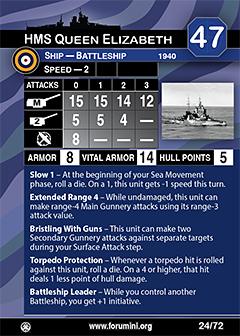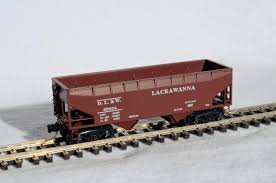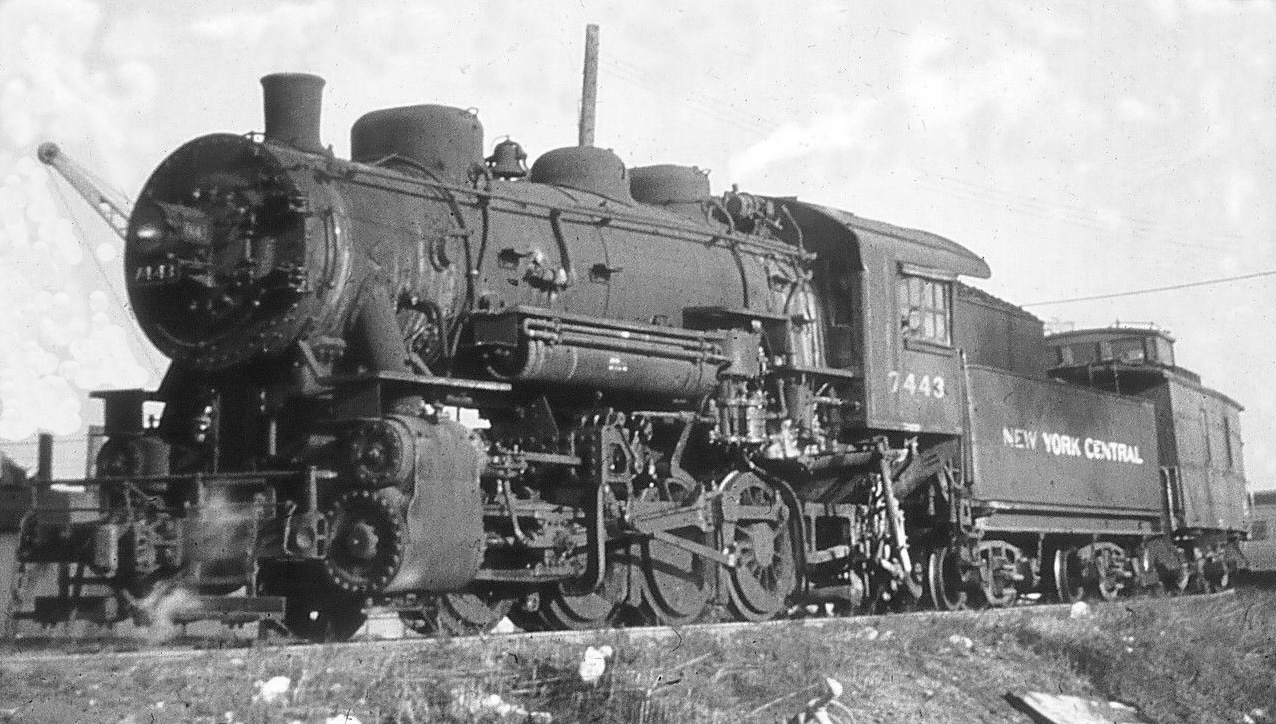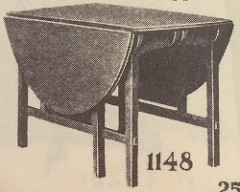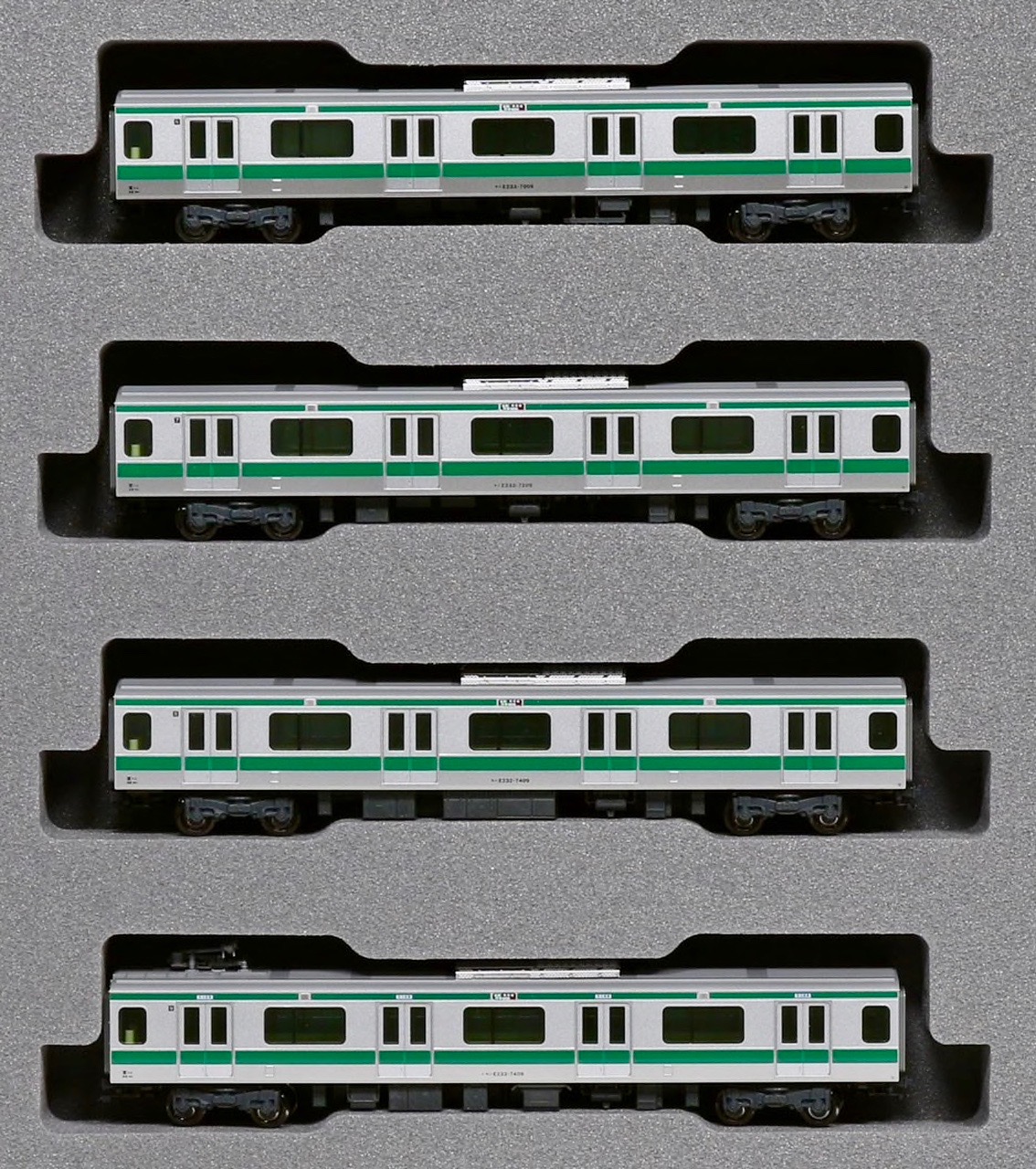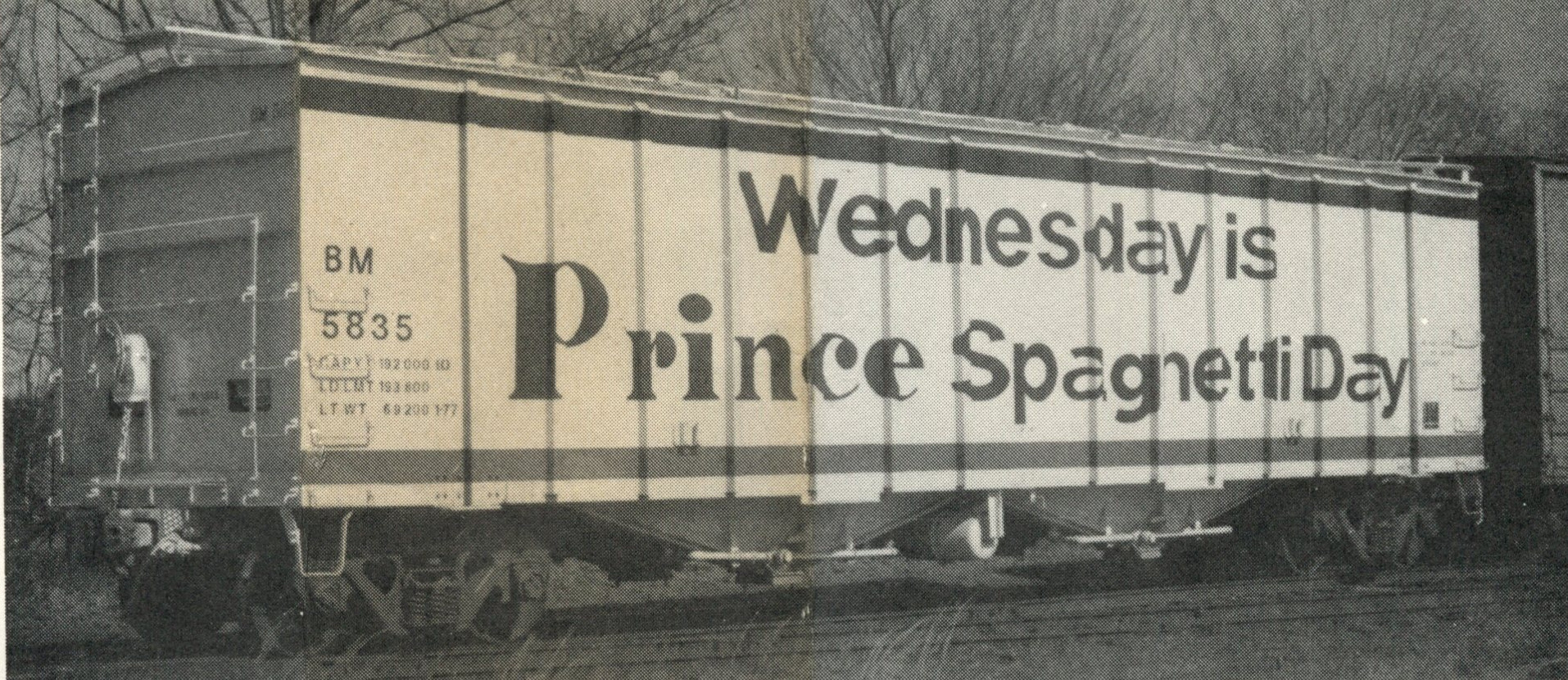Model Information: This model was originally created by Delaware Valley. It was later acquired by Bowser. It has also been used by Eastern Seaboard Models models.
Prototype History: The first Airslide covered hopper was introduced by General American Transportation Corporation (GATX) in 1953 and had a capacity of 2600 cubic feet. The Airslide is primarily designed for the bulk shipment of dry, granular or powdered commodities. The design of that car is such that it can be loaded and unloaded quickly and with little spillage through the use of air pressure. The most common commodities carried include: flour, sugar, starch, plastic pellets, cement, powdered chemicals and carbon black.
Due to customer demand for larger covered hoppers capable of handling bulk commodities, General American Transportation Corporation introduced the larger 4180 c.f. model in 1963. GATX produced more than 5,000 of the 4180 cubic foot Airslide covered hoppers between 1963 and 1980. These very common cars continued General American’s “Airslide” family innovations from the 1950s, and proved valuable to bulk shippers who wanted a larger car than the earlier-design 2600 cubic foot cars provided.
Due to customer demand for larger covered hoppers capable of handling bulk commodities, General American Transportation Corporation introduced the larger 4180 c.f. model in 1963. GATX produced more than 5,000 of the 4180 cubic foot Airslide covered hoppers between 1963 and 1980. These very common cars continued General American’s “Airslide” family innovations from the 1950s, and proved valuable to bulk shippers who wanted a larger car than the earlier-design 2600 cubic foot cars provided.
Road Name History: 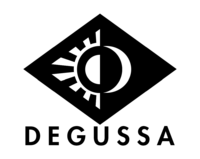 The history of former Degussa began in the half of the 19th century, when the head of the Frankfurt Mint, Friedrich Ernst Roessler, established a gold and silver separation factory at the city’s request in 1843. Furthermore, Roessler initiated the construction of a chemical-technical laboratory close to the Mint, on the premises of today’s Evonik site. This laboratory processed the byproducts of sulfuric acid separation, namely silver nitrate and cyanide salts. When Frankfurt lost its political independence in 1866 as a consequence of the Prussian-Austrian War, Friedrich Ernst Roessler became a Prussian civil servant and withdrew from the separation business. His eldest sons, Hector and Heinrich, both chemists, took over operations. They transferred the separation factory to the chemical-technical laboratory and continued both activities as the company Friedrich Roessler Söhne.
The history of former Degussa began in the half of the 19th century, when the head of the Frankfurt Mint, Friedrich Ernst Roessler, established a gold and silver separation factory at the city’s request in 1843. Furthermore, Roessler initiated the construction of a chemical-technical laboratory close to the Mint, on the premises of today’s Evonik site. This laboratory processed the byproducts of sulfuric acid separation, namely silver nitrate and cyanide salts. When Frankfurt lost its political independence in 1866 as a consequence of the Prussian-Austrian War, Friedrich Ernst Roessler became a Prussian civil servant and withdrew from the separation business. His eldest sons, Hector and Heinrich, both chemists, took over operations. They transferred the separation factory to the chemical-technical laboratory and continued both activities as the company Friedrich Roessler Söhne.

Brand/Importer Information: On May 1, 1961, Bowser was purchased by Lewis and Shirlee English and moved from Redlands, CA to their basement in Muncy, PA. The original Bowser Manufacturing Co first advertised in the model railroad magazines in November 1948. At that time, the company had only one (HO Scale) engine, the Mountain, which had a cast brass boiler that is no longer available. It was sometime later that Bowser (Redlands) developed the NYC K-11 and the UP Challenger. The molds were made by K. Wenzlaff who introduced himself at the MRIA Show in Pasadena, CA in 1985 These two locomotives are still current production.
Bowser entered into N Scale in 1998 with their acquisition of the Delaware Valley Car Company, a manufacturer of N scale freight cars.
Bowser entered into N Scale in 1998 with their acquisition of the Delaware Valley Car Company, a manufacturer of N scale freight cars.
Item created by: Lethe on 2015-10-02 10:12:18. Last edited by gdm on 2018-02-19 08:53:59
If you see errors or missing data in this entry, please feel free to log in and edit it. Anyone with a Gmail account can log in instantly.
If you see errors or missing data in this entry, please feel free to log in and edit it. Anyone with a Gmail account can log in instantly.





